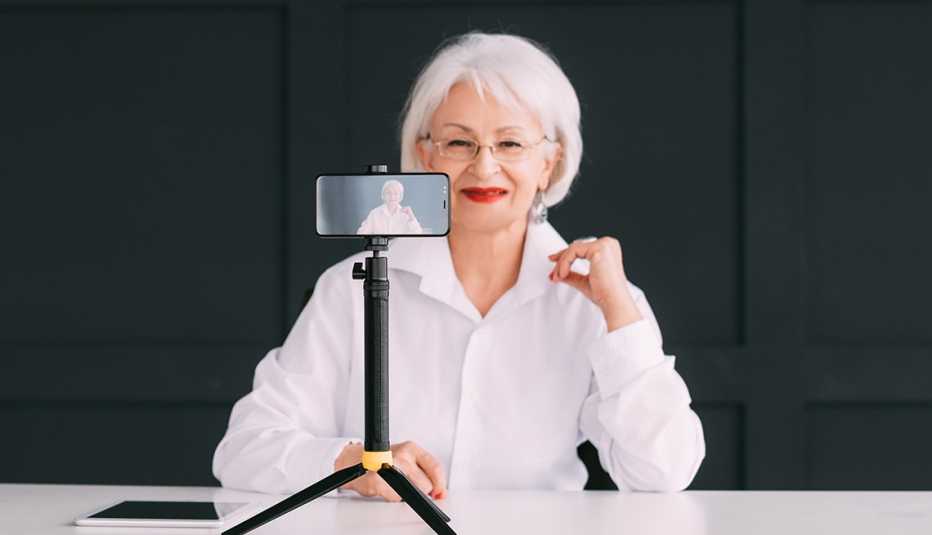Staying Fit


If you’re updating your résumé, it also might be time to consider making a video version.
Actually, a so-called video résumé is more like a cover letter. In a short digital video, you introduce yourself and make a quick pitch on the skills and experience you can offer an employer.


AARP Membership— $12 for your first year when you sign up for Automatic Renewal
Get instant access to members-only products and hundreds of discounts, a free second membership, and a subscription to AARP the Magazine.
While most hiring managers won’t expect to you to send a video, employers in information technology or creative fields like advertising might ask to see one. Other businesses might soon join in. Last year, the viral-video giant TikTok partnered with companies such as Chipotle, Shopify, Target and others to test a TikTok Resumes pilot program. Users were asked to record a short clip about who they are and why employers should hire them and post the video with the hashtag #TikTokResumes. Employers could then search the hashtag to find candidates who might fit current job openings.
Here’s one example of what a TikTok résumé looks like:
Of course, many TikTok users are from Generation Z, which suggests a dilemma video résumés might pose for older adults. Job seekers 50 and older are advised to remove anything that might reveal their age from their résumé and application materials to avoid discrimination. If hiring managers can see you up front, they likely can approximate your age based on your appearance. And research shows that age discrimination often begins at first sight.
“One concern about video résumés is that they could exacerbate age discrimination and bias,” says Susan Weinstock, AARP’s vice president of financial resilience programming. “Video résumés can make it very easy for an employer to determine the age of an applicant. If they can see via video résumés that an applicant is — or appears to be — age 40 or older, they could decide to unlawfully reject that applicant.”
That means if you’re an older adult, you should put extra thought into whether a video résumé is a good way to introduce yourself to employers. A video résumé could still be a fine showcase for your talents if, for example, you have experience giving successful sales pitches or other presentations.

































































More on work
4 Steps to Acing a Video Job Interview
Employers are turning to Zoom, Skype and other technologies to screen candidates remotely
Quiz: Do You Know How to Age-Proof Your Resume?
Learn from hiring experts how to avoid exposing yourself to age biasMake Your Resume Stand Out
Get free expert feedback and personalized recommendations on your resume today.